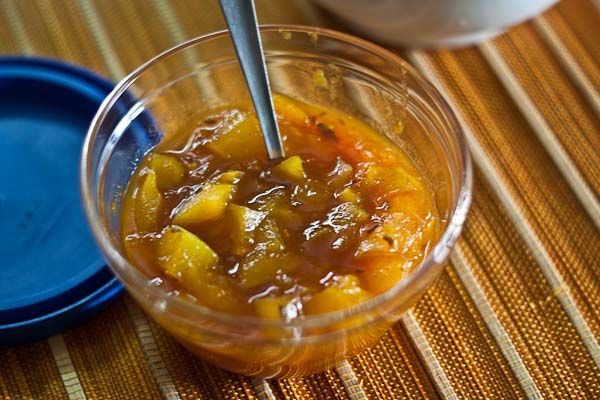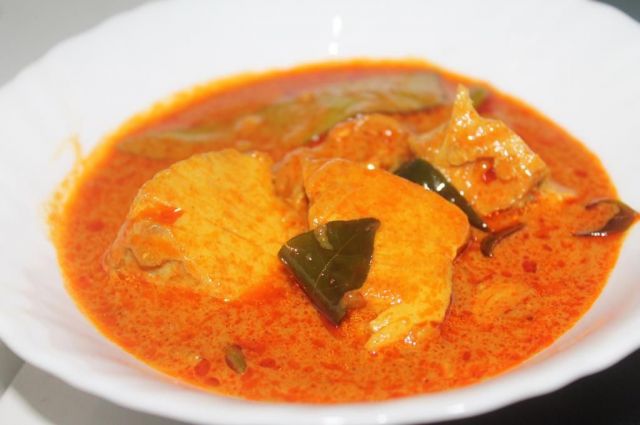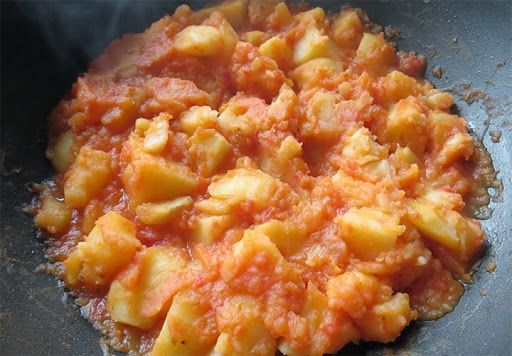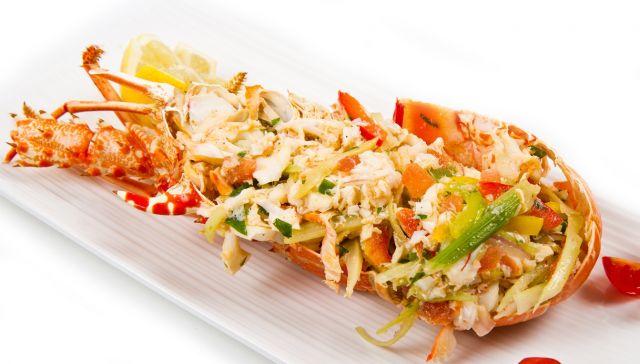
PRODUCTS
22-01-2022 di redazione

Mango ( scientific name Mangifera indica ) is a tropical plant belonging to the family of the Anacardiaceae.
Native to India, it was spread also in Africa and Latin America thanks to the Portuguese.
The mango trees are long-lived and of big size, they can live up to 300 years, exceeding abundantly the 30 m of height. The mango is an evergreen.
The fruit is ovoid, has yellow/orange flesh, compact, very fragrant and tasty.
Its skin can take on different shades depending on the species: green, yellow, red or a mix of these colors.
The mango is composed of about 82% water, 1% protein, carbohydrates, 1.6% dietary fibre, 12.6% sugar and 0.2% fat.
The sugars are divided into fructose, glucose and sucrose, while the colour of mango is mainly due to the abundance of beta-carotene, which accounts for most carotenoids.
These minerals are calcium, sodium, phosphorus, iron, magnesium, potassium, copper, manganese and zinc.
The presence of vitamins, in particular vitamin A, whose daily needs of our body would be satisfied by the consumption of a whole mango, is discreet.
In addition to vitamin A we find vitamins B1, B2, B5, B6, B9, vitamin K, C and E. The amino acids are also well represented, those most abundantly present are arginine, lysine, aspartic acid, leucine and serine.
Thanks to its high content of oligomineral substances, mango is a fruit with slightly laxative and diuretic properties; it is therefore a very suitable food for those with constipation and water retention problems.
With mango it is also possible to treat coughs and colds by boiling its skin in water to drink it once it is warm three times a day for a week. The skin is rich in phytonutrients, antioxidants, carotenoids and polyphenols.
Thanks to the properties of the substances it contains, mango is also an excellent restorative in case of convalescence or periods of great physical stress.
The presence of vitamin A and flavonoids such as beta-carotene brings benefits to the eyes and skin while potassium, which is present in good quantities, is an important component of cells and body fluids and contributes to the control of heartbeat and blood pressure.
There are several studies that suggest that increased consumption of foods such as mangoes can reduce obesity and the risk of developing asthma.
Its caloric value is low, in fact every hundred grams of pulp has a caloric yield of 53 kilocalories.
The unripe mango is often used cooked for the composition of Chutney (spicy and thick vegetable sauce), pickles and various side dishes; mature and raw, on the other hand, it is excellent with peppers or soy sauce.
The unripe mango preserved, besides in jars (in oil, vinegar, in spirit), can be found dried and pulverized. Mango is widely used in the production of fruit juices, nectar, aromas, ice creams and sorbets.
There are many types of mangoes in the world. In India alone there are more than 400. Even in Kenya there are several, the easiest to find on market stalls are five.
Ngowe - harvest November - March
It is the mango par excellence, the one commonly found at the market or in every fruit shop. Sweet and juicy.
This quality is the oldest cultivated on the coast, imported from Zanzibar.
Apple mango ( mango apple ) - harvest season from December to early March
It comes from the coast of Kenya, more precisely around the Malindi area. The fruits are medium and large in size, almost round in shape and the skin is red. Particularly sweet and juicy
Boribo - harvest season January and February
Tree grown exclusively in the area of Malindi. The fruit is a little smaller than the other varieties, pale olive green in colour. The flesh is juicy and has a strong and intense mango flavour.
Batawi and Dodo are the other two qualities of Kenya and in particular of the Malindi-Kilifi area.
RECIPES
di redazione

The Swahili cuisine of Kenya, as we know, is a mixture of the cultures and people who have landed on the coast, and the products of the territory they have learned to use. The example is offered by the use...

Chutney is a typical English sweet and sour sauce made with fruit or green tomatoes. It is excellent as a sauce to flavor meat and fish foods....
RECIPES
di redazione

Fish morsels in mango sauce.
This is a Swahili recipe particularly used in Malindi and Watamu and on the coast of Kenya, where the plants of this delicious tropical fruit abound.
Here is for you the recipe of watamukenya.net
RECIPES
di redazione

RECIPES
di redazione

RECIPES
di redazione

On the African shores of the Indian Ocean, combining fish with fruit is not a gamble, but a pleasant contrast.
On the other hand, if the fish fauna goes so well with lemon, why not also dare with passion fruit,...
APPOINTMENTS
di redazione
